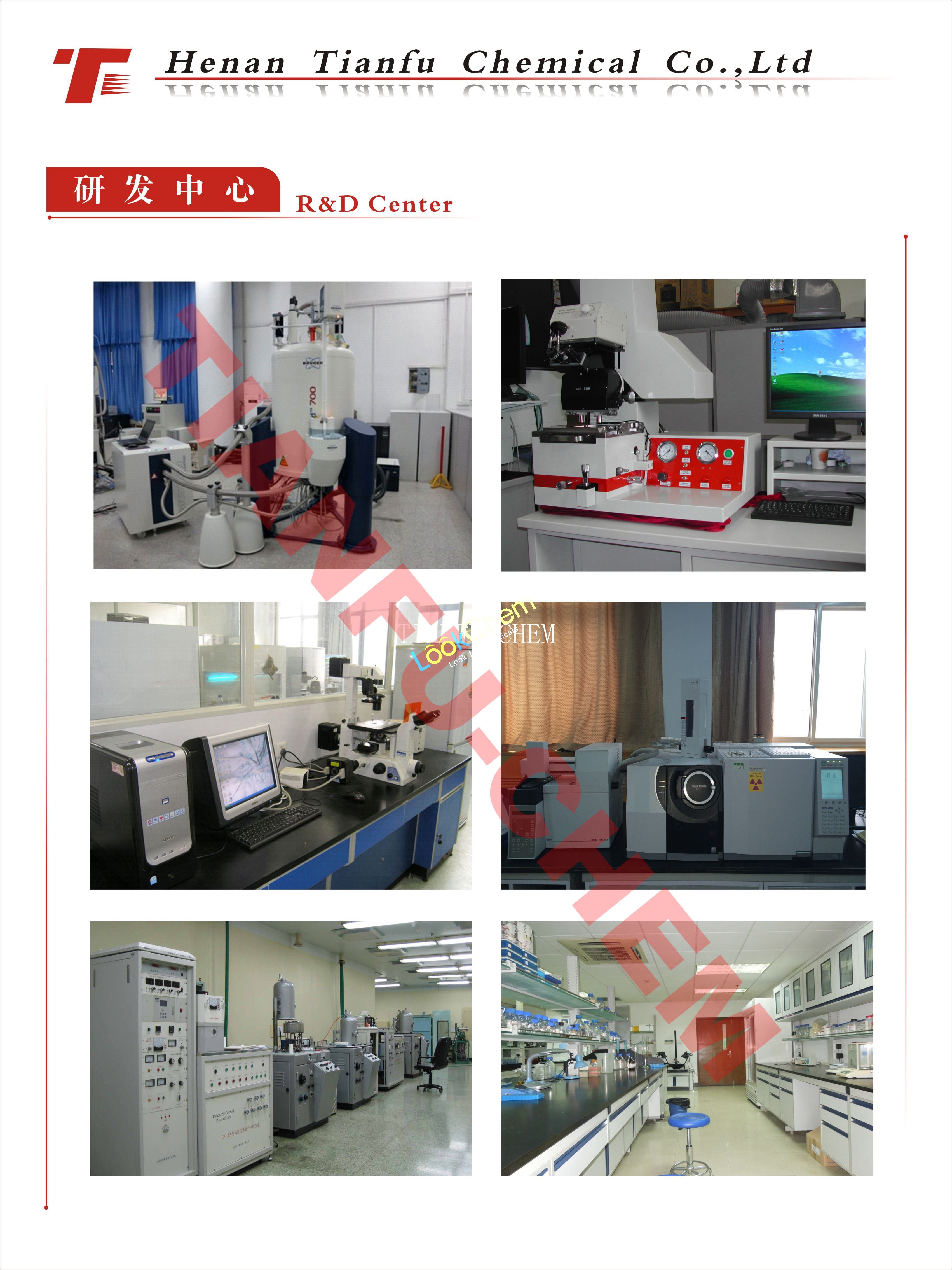556-89-8 N-Nitrocarbamide
Min.Order / FOB Price:Get Latest Price
| 1 Kilogram |
FOB Price: USD 1000.0000 |
- Min.Order :1 Kilogram
- Purity: 99%
- Payment Terms : L/C,T/T
Keywords
556-89-8 N-Nitrocarbamide CH3N3O3
Quick Details
- Appearance:white powder
- Application:pharma
- PackAge:as clients needs
- ProductionCapacity:1|Metric Ton|Day
- Storage:RT
- Transportation:sea
Superiority:
Our company was built in 2009 with an ISO certificate.In the past 6 years, we have grown up as a famous fine chemicals supplier in China and we had established stable business relationships with Samsung,LG,Merck,Thermo Fisher Scientific and so on.Our main business covers the fields below:
1.Noble Metal Catalysts (Pt.Pd...)
2.Organic Phosphine Ligands (Tert-butyl-phosphine.Cyclohexyl-phosphine...)
3.OLED intermediates (Fluorene,Carbazole,Boric acid...)
4.Customs Synthesis
Our advantage:
1. Higest quality and good package
2.Fast delivery
3.Better payment term
4.Fast response to customer within 6 hours
5.Good business credit in Europe ,US ,Japan ,Korea
Anyway ,if you need any chemicals from China ,Henan Tianfu can help you

Details:
N-Nitrocarbamide Chemical Properties
Melting point 158.5 ºC (DEC.)
pka pK (20°) 2.15
NIST Chemistry Reference Nitrourea(556-89-8)
EPA Substance Registry System Urea, nitro-(556-89-8)
Safety Information
Safety Statements 17-36/37/39-45
RIDADR 147
HazardClass 1.1D
PackingGroup II
MSDS Information
N-Nitrocarbamide Usage And Synthesis
General Description A colorless to white crystalline powder solid. Mildly sensitive to heat and shock. An extremely powerful explosive. Decomposes to emit toxic nitrogen oxide fumes. May explode under exposure to intense heat or fire. Primary hazard is blast of an instantaneous explosion, not flying projectiles or fragments.
Air & Water Reactions Hydrolysis occurs in water.
Reactivity Profile Explosive mercury or silver salts are rather sensitive to heat and impact, while the pure material is much more insensitive. Organonitrate compounds, such as N-Nitrocarbamide, range from slight to strong oxidizing agents. If mixed with reducing agents, including hydrides, sulfides and nitrides, they may begin a vigorous reaction that culminates in a detonation. Nitroalkanes are milder oxidizing agents, but still react violently with reducing agents at higher temperature and pressures. Nitroalkanes react with inorganic bases to form explosive salts. The presence of metal oxides increases the thermal sensitivity of nitroalkanes.
Health Hazard Fire may produce irritating, corrosive and/or toxic gases.
Fire Hazard MAY EXPLODE AND THROW FRAGMENTS 1600 meters (1 MILE) OR MORE IF FIRE REACHES CARGO.
N-Nitrocarbamide Preparation Products And Raw materials
Raw materials Urea nitrate
Preparation Products 4,5-Diaminouracil

You Might Also Like
-
25377-73-5 DODECENYLSUCCINIC ANHYDRIDE
CAS NO:25377-73-5
-
High Quality N,N'-(decane-1,10-diyldi-1(4H)-pyridyl-4-ylidene)bis(octylammonium) dichloride Octenidine dihydrochloride 70775-75-6
CAS NO:70775-75-6
-
High Quality Diethyl malonate 105-53-3 In Stock Supply
CAS NO:105-53-3
-
2378-02-1 PERFLUORO-TERT-BUTANOL 99%
CAS NO:2378-02-1
-
2926-29-6 Sodium trifluoromethanesulfinate 99%
CAS NO:2926-29-6
-
CAS 621-27-2 3-N-PROPYLPHENOL
CAS NO:621-27-2
Related Searches
About|Contact|Cas|Product Name|Molecular|Country|Encyclopedia
Message|New Cas|MSDS|Service|Advertisement|CAS DataBase|Article Data|Manufacturers | Chemical Catalog
©2008 LookChem.com,License: ICP
NO.:Zhejiang16009103
complaints:service@lookchem.com Desktop View